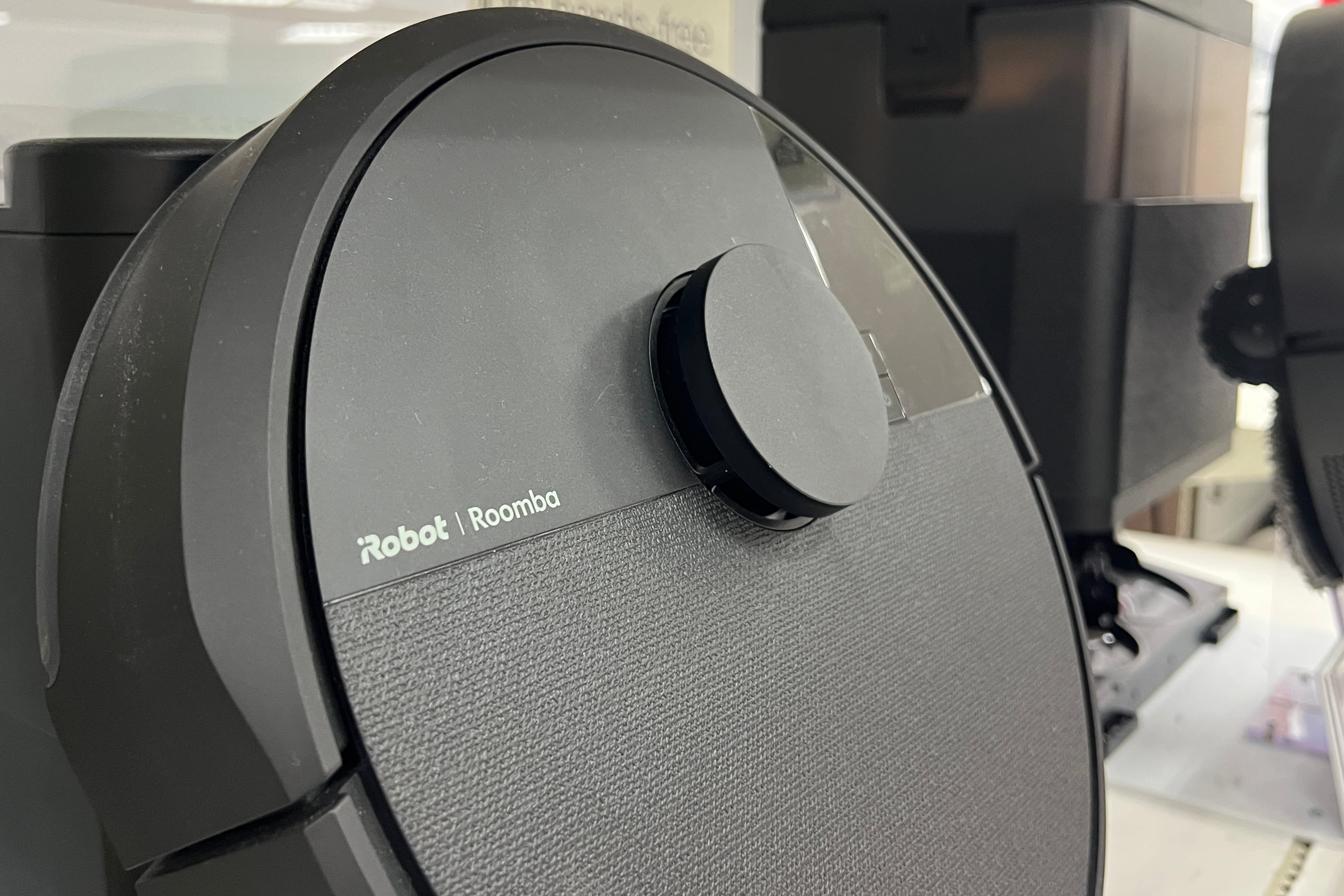As a young engineering undergraduate in Trinity College Dublin in 1978, I was lucky enough to go on one of the annual overseas student trips organised by the university’s student engineering society. Certain excursions in prior years had raised a few eyebrows: to Moscow (despite the Cold War) and to Tripoli (where Muammar Gadafy was very much in power), but I had unfortunately missed out on both. This time the society was taking a group of about 25 of us to a much less controversial destination: northern Italy.
Each tour was organised around a number of site visits to interesting engineering projects, and the highlight of the Italian trip was the Fiat factory at Lingotto in the southwest of Turin.
The Fiat Ritmo model had just gone into heavily automated production at the time, one of the first such manufacturing lines worldwide. Robotic arms contorted at impossible angles to perfectly spot weld into body frames and chassis, continuously efficient and steadily adding form to skeleton without a human worker anywhere in sight.
Later in my career, I was a regular visitor to the world’s most voluminous building, the Boeing Everett plant for wide body jets just north of Seattle. In contrast to Fiat years earlier, there was hardly a robot anywhere on the assembly lines.
READ MORE
I often noticed that the panels on fuselage parts were obviously manually welded, with slightly irregular lines of welded rivets. Boeing did subsequently introduce robotic welders for its 777 line but then, in 2019, reverted back to using human operatives.
The precision and speed of industrial robots has significantly improved since those early-generation systems I saw in action at Fiat. Vision systems enable some robots not only to inspect parts, but also to adjust their positioning to compensate for minor alignment errors. Both heavier payloads and greater ranges of motion facilitate intricate work even on substantial assemblies.
But how close to you would you trust a robotic arm?
Many robots are encased in safety cages near human workers, but collaborative robots are also now common, equipped with vision and sensor systems and having force-limited joints to be allowed to operate cage-free alongside humans. But how about really close to you? Even inside you?
Last May, Sony demonstrated a prototype robot assistant for microsurgery – extremely precise surgical work in areas less than one millimetre in diameter. Finger and hand movements of a human surgeon operator are captured to enable smooth and tiny movements of a robot hand. Untrained surgeons in microsurgery and medical students were able to use the robotic assistance to successfully complete anastomosis (surgical reconnection) of animal blood vessels.
There are also some examples of robots conducting surgical procedures fully autonomously without any active human guidance. The smart tissue robot developed at Johns Hopkins University is one of the most impressive autonomous robots so far. It has outperformed human surgeons in both ex-vivo and in-vivo bowel anastomosis in preclinical trials on pigs. Nevertheless it may be some time yet before fully autonomous surgical procedures are approved by regulatory authorities.
But how about being fully conscious while the robot autonomously does its work inside you?
Earlier this month, Boston-based start-up Perceptive successfully completed the world’s first fully automated dental procedure on a human using an autonomous robot arm. Dr Chris Cirello, a Canadian dentist, founded Perceptive in 2020 as a follow-on from a dental services organisation he had started earlier to provide business and administrative support to dental practices.
He has raised more than $30 million to date, including from Edward Zuckerberg, a dentist widely known by his patients as “painless Dr Z” and the father of the Meta/Facebook founder.
In the Perceptive procedure, a human dentist first uses a hand-held volumetric scanner to build a three-dimensional digital “twin” model of a patient’s mouth. Teeth, gums and nerves within them are mapped using “optical coherence tomography” (OCT), a light-beam technology often routinely used by ophthalmologists for checking for retinal, corneal and optic nerve diseases. Using OCT in dental treatment avoids the radiation from traditional X-ray-based dental imaging.
Once the patient’s mouth has been digitally mapped, the robotic dental arm can then perform a procedure. Perceptive has demonstrated the robot preparing, restoring and cementing a tooth for a dental crown, a procedure that Perceptive asserts can take a human dentist up to two hours over two sessions but is achievable within just 15 minutes using their system.
The company also asserts that the robot is entirely safe and, by monitoring the fully-awake patient as it operates, can avoid accidental injury “even in the most movement-heavy” situations. Perceptive’s system has yet to receive approval by the US Food and Drug Administration and is not yet available for sale.
It is almost half a century since I first saw cars being assembled by robots, and now automation is reaching literally inside the human body. I expect that specialist humans will always be intrinsic to medical interventions but robots may make such procedures faster and more accurate.
- Sign up for Business push alerts and have the best news, analysis and comment delivered directly to your phone
- Find The Irish Times on WhatsApp and stay up to date
- Our Inside Business podcast is published weekly – Find the latest episode here















